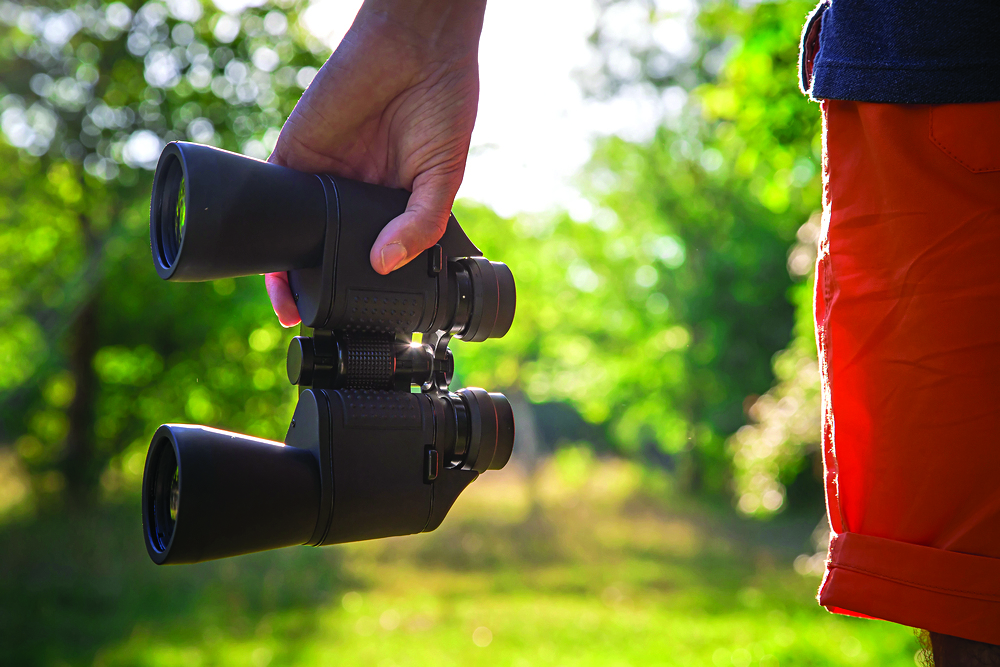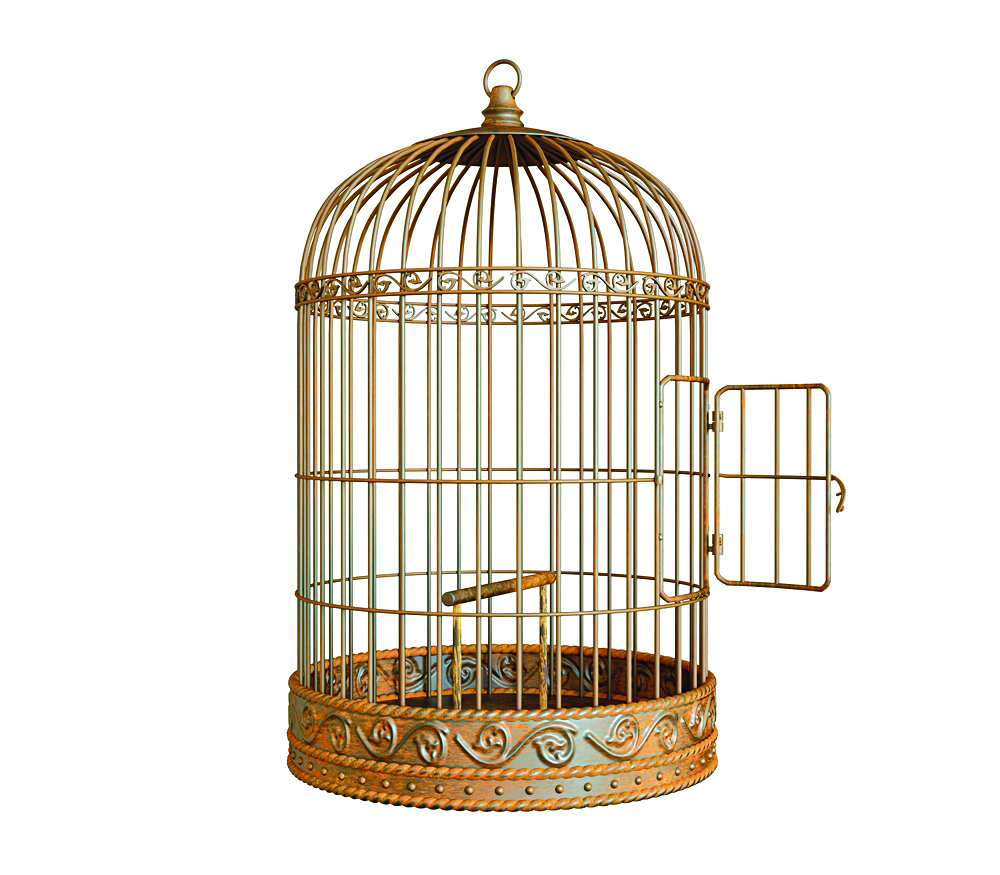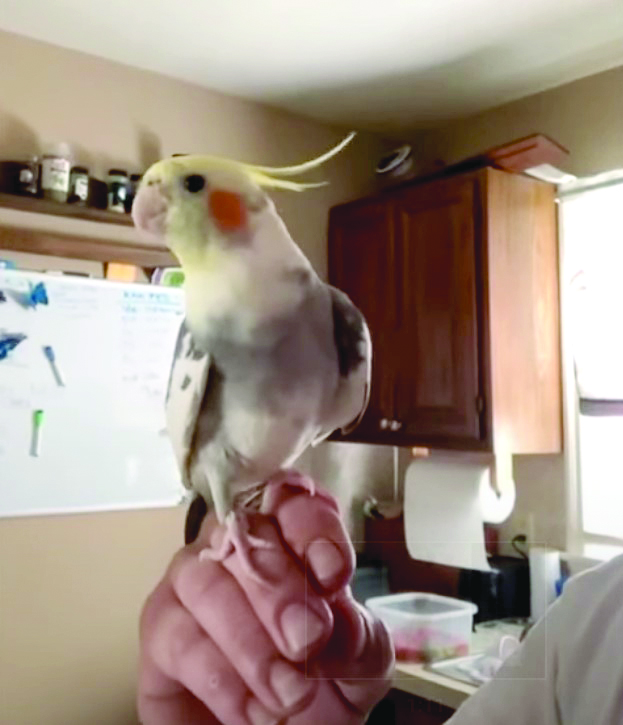Whether your animal companion has crossed the rainbow bridge or gone on a solo adventure past the gates of your home, losing them is never easy. A part of the family going missing is made all the more difficult when that companion is a feathered friend.
Birds are more likely to be flying around instead of hiding under your car or exploring your neighbor’s garden. Perhaps your Bird escaped their cage or suddenly flew away because of a startling sound.
All hope is not lost; there are several ways you might still be able to find your Bird and bring them back home!

START LOOKING ASAP
Like any missing persons case, time is of the essence. The first few hours of their absence are crucial.
Begin by determining where they were last seen. If you saw your Bird fly out of your window, call out to them loudly. You might not be able to see them, but they might be able to hear and locate you.
If this doesn’t work, enlist the help of family and friends. Form a search party composed of everyone who can help you. Aside from those in your immediate circle, contact neighbors and others who could scan areas you can’t access. For instance, you might have a neighbor with a window directly next to a tree your Bird might find interesting.
The most important part of this first step, however, is to stay calm and positive.
SEE THE WORLD THROUGH THEIR EYES

It could be tempting to think your feathered friend must be living their best life exploring the world, but the opposite could also be true.
According to an April 2021 article by bird enthusiast site BirdGap, Birds raised in captivity as animal companions are unable to survive in the wild because they lack the skills typically learned by Birds from other Birds. Most domesticated Birds don’t know how to find their own food, migrate, survive unfamiliar temperatures, and avoid probable predators such as Cats and Dogs. They may also feel extreme anxiety when separated from their human companions.
Look around your home for spaces they might find familiar. It helps to wear something bright to get their attention, so change your clothes if you can.
When searching for your Bird, distribute towels and any available Bird nets to your team and prepare them for the possibility that your Bird might fly towards them or you. In that case, they could throw the fabric onto your feathered friend to keep them in one place.
Aside from towels and nets, you should bring your Bird’s cage.
SET THEIR CAGE DOWN

It’s possible that your Bird lived their whole life indoors and has never once seen your front door or the roof of your house.
Once you’ve brought their cage out of your home, place it right where you last saw them. For example, if you last saw them flying out your window, place it right outside your window. They should be able to see their cage from up above.
Scent could play a significant role in their retrieval, too, so be sure to place some of their favorite treats in their cage. Once they smell the food they associate with home, they might just look down and see their cage and favorite human waiting for them.

CALL OUT TO THEM
Remember what you used to tell them when they were with you. Did you call them by name every morning or say the name of their favorite food during lunch? Maybe you’d even sing to them at night.
You are your Bird’s best chance at getting back home, and your memories of your relationship with them give you an advantage. As you search for them, repeat familiar words, phrases, or songs that could encourage your Bird to approach you.
ASK OTHERS FOR HELP

There’s no such thing as a search group that’s too big. If the first few hours of searching haven’t resulted in anything fruitful, consider publicizing your search for your Bird.
This could be as easy as putting a post up on social media in the hopes that it could go viral in your area, or even as thorough as handing out flyers in your community. There are several groups on various social media platforms for Bird lovers in the Philippines, and some of them were specifically made for lost-and-found purposes.
Be as detailed as you can when describing your feathered friend: their name, their species, the date they were last seen, and any known sightings. Some social media groups even ask if they have a leg band on as leg bands are often made of plastic, aluminum, or steel, allowing them to stay put despite the Bird’s movement.

DON’T LOSE HOPE
According to a February 2022 article by Alyson Kalhagen for The Spruce Pets, as the days go by, your Bird will be less active and will likely be more easily caught.
Without any of their usual food and company, domesticated Birds might even ask strangers for help, which is why it’s important to get the word out that your feathered friend is missing.
While it can be daunting to keep looking for your Bird without knowing if they’re happy and healthy in the wild, there are plenty of recovery stories that can serve as inspiration in the meantime. Just last year, a cockatiel lost for three years was found and identified with the help of their favorite theme song, according to a 2022 article written by Ben Hooper for UPI.

The Cockatiel named Lucky was successfully identified when he danced to the tune of the Andy Griffith Show theme song. (WGALTV | YouTube)






